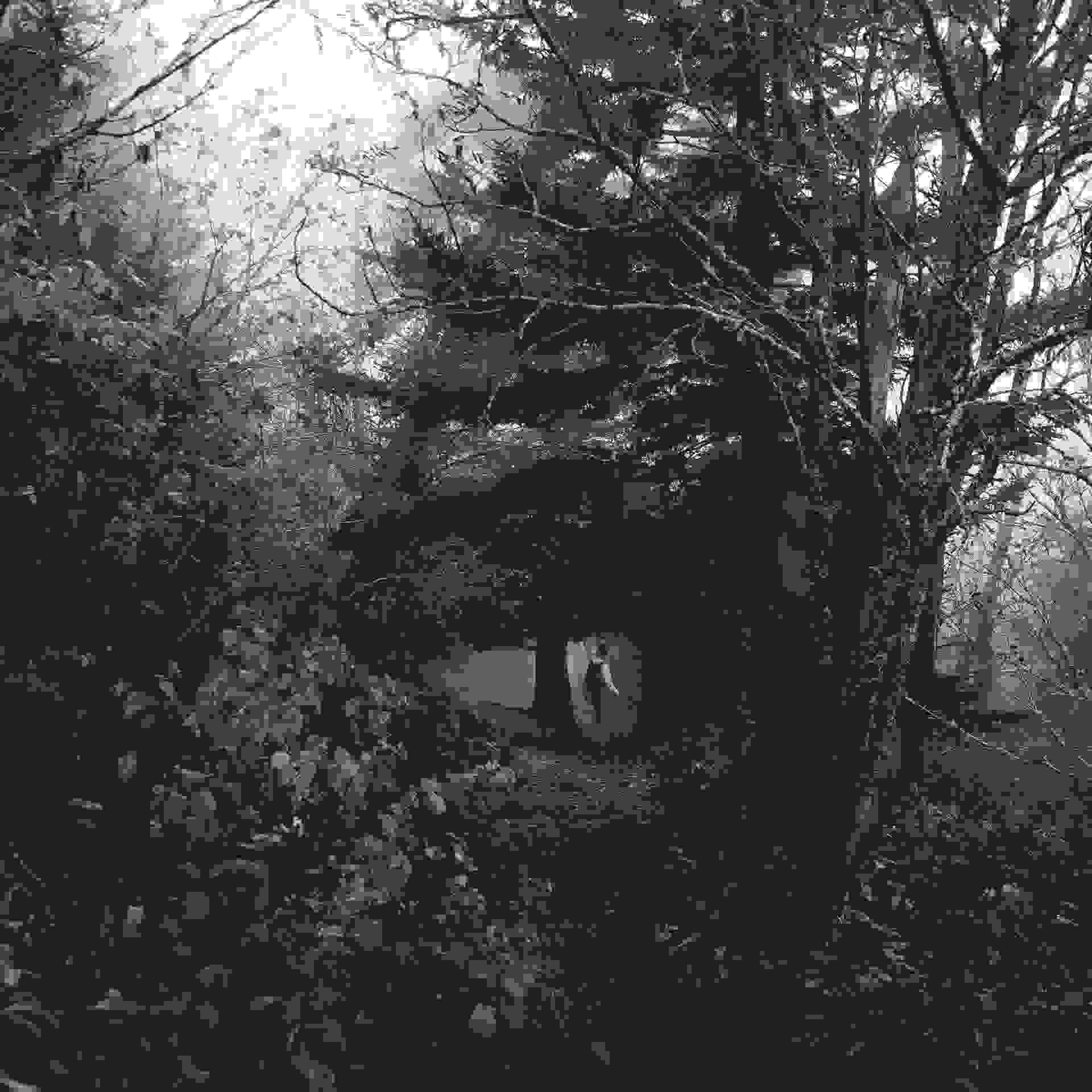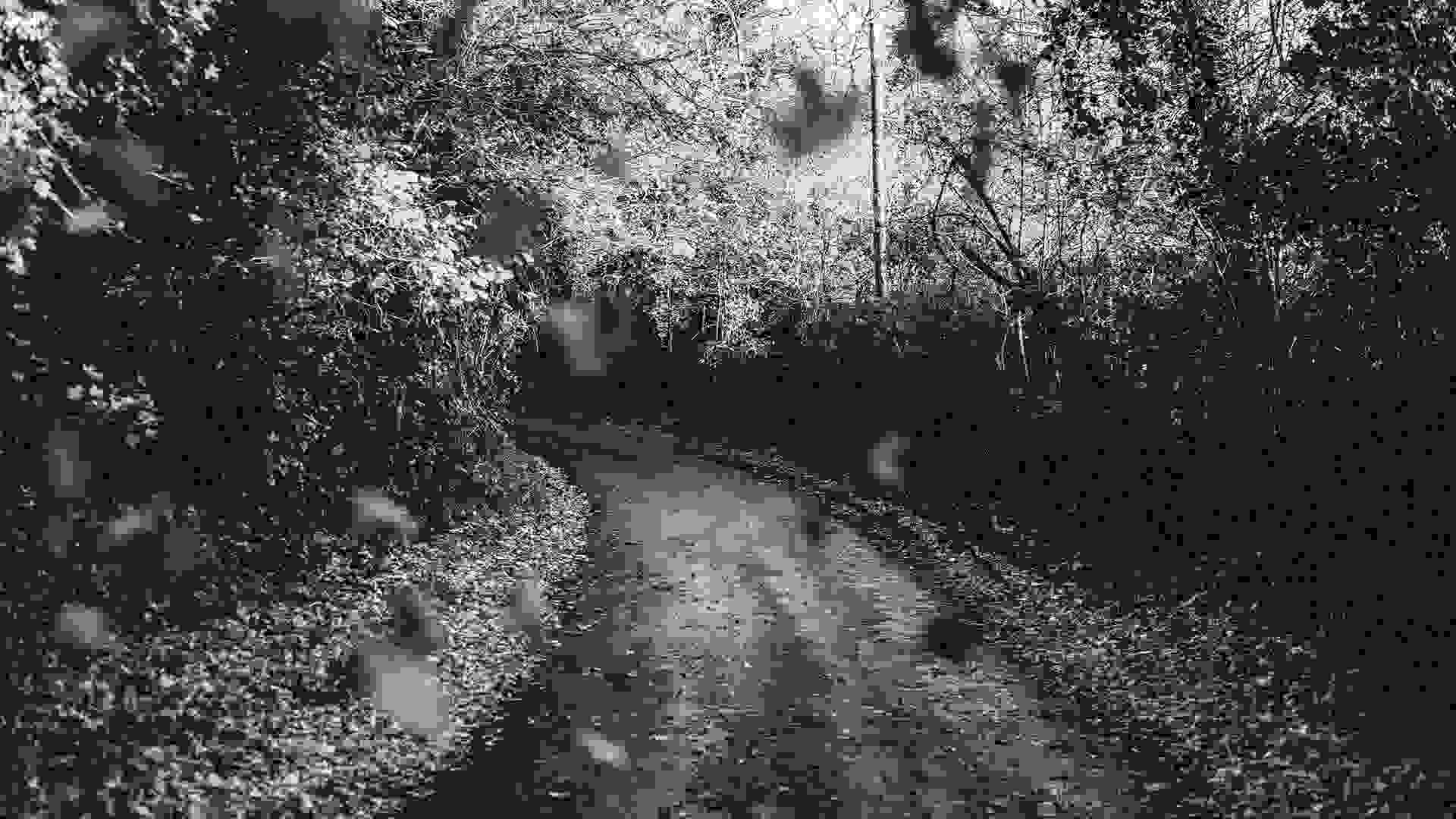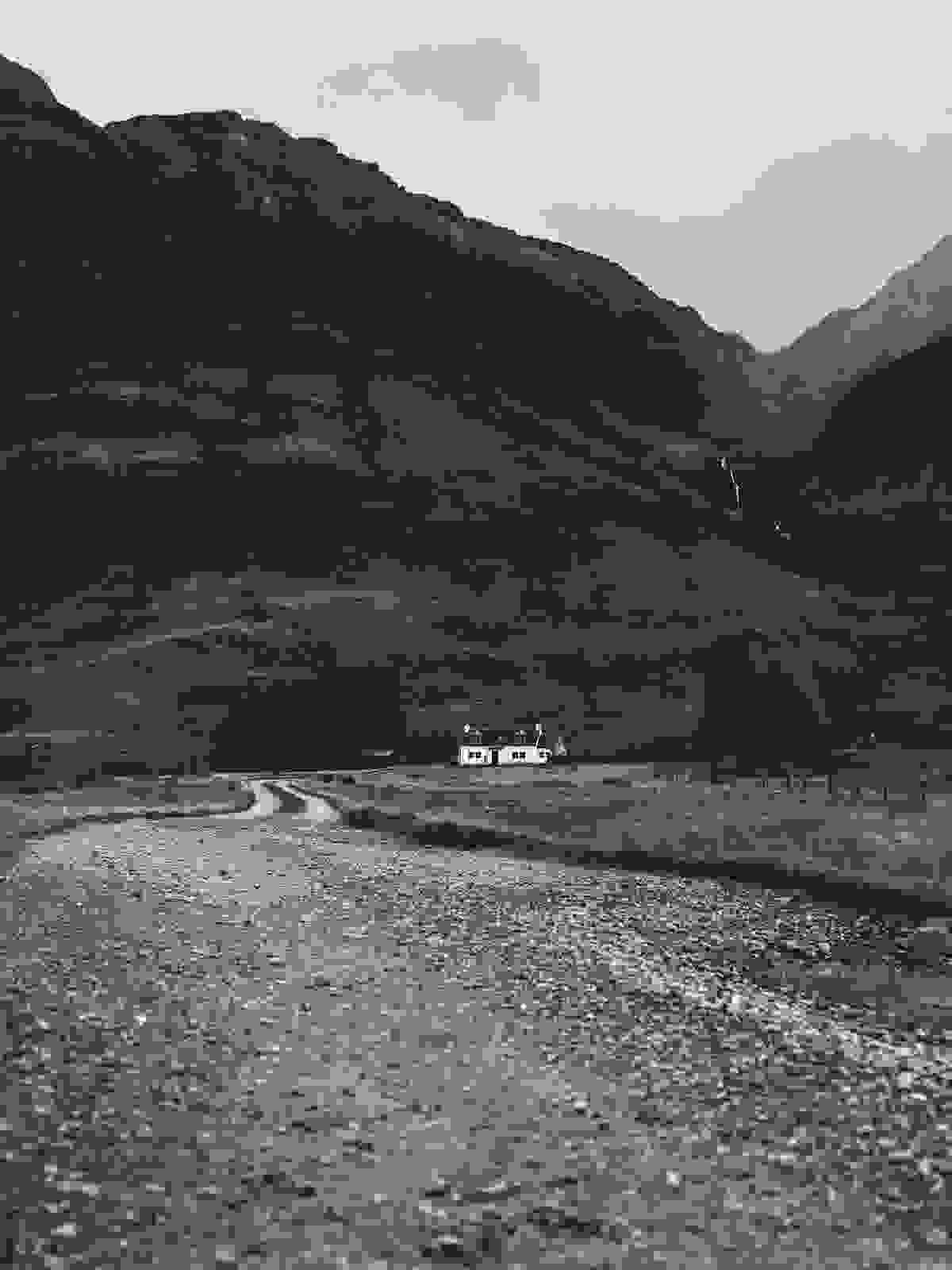Welcome to WordPress. This is your first post. Edit or delete it, then start writing!
Autor: admin-wwweber
-

Comments example
Swimming hundreds of feet beneath the ocean’s surface in many parts of the world are prolific architects called giant larvaceans. These zooplankton are not particularly giant themselves (they resemble tadpoles and are about the size of a pinkie finger), but every day, they construct one or more spacious „houses” that can exceed three feet in length.
The houses are transparent mucus structures that encase the creatures inside. Giant larvaceans beat their tails to pump seawater through these structures, which filter tiny bits of dead or drifting organic matter for the animals to eat. When their filters get clogged, the larvaceans abandon ship and construct a new house.
Laden with debris
Laden with debris from the water column, old houses rapidly sink to the seafloor. In a study published in Science Advances on Wednesday, scientists near California’s Monterey Bay have found that, through this process, giant larvaceans can filter all of the bay’s water from about 300 to 1,000 feet deep in less than two weeks, making them the fastest known zooplankton filter feeders.
In doing so, the creatures help transfer carbon that has been removed from the atmosphere.
And given their abundance in other parts of the world, these organisms likely play a crucial role in the global carbon cycle. When it comes to the flow of carbon in the ocean, „we don’t know nearly as much as we should,” said Kakani Katija, a principal engineer at the Monterey Bay Aquarium Research Institute and the study’s lead author.
Carbon in the ocean
„If we really want to understand how the system works, we have to look at all the players involved. Giant larvaceans are one important group we need to learn more about.” In the past, other scientists have tried studying giant larvaceans in the laboratory. But these efforts always failed because the animals’ houses were too fragile to be harvested and collected specimens were never able to build houses outside the ocean.
Zooplankton
To study the zooplankton in their natural habitat, Dr. Katija and her collaborators developed a new deep-sea imaging instrument, called DeepPIV, which they paired with a remotely operated vehicle. DeepPIV projects a sheet of laser light that cuts straight through a larvacean’s mucus house.
A high-definition camera on the remotely operated vehicle can then capture the inner pumping mechanisms illuminated by the laser. -

Quote post format
Quote post format also displays post featured image if it’s set. This is a demo of free accessibility ready WordPress theme by WebMan Design.
Oliver, WebMan Design -
Sounds from Earth
Space is full of radio waves, and those waves, just like the ones bouncing through the Earth’s atmosphere, can be converted into audible sounds. The recording starts with the patter of a summer squall. Later, a drifting tone like that of a not-quite-tuned-in radio station rises and for a while drowns out the patter.
These are the sounds encountered by NASA’s Cassini spacecraft as it dove through the gap between Saturn and its innermost ring on April 26, the first of 22 such encounters before it will plunge into Saturn’s atmosphere in September. What Cassini did not detect were many of the collisions of dust particles hitting the spacecraft as it passed through the plane of the rings. „You can hear a couple of clicks,” said William S. Kurth, a research scientist at the University of Iowa who is the principal investigator for Cassini’s radio and plasma science instrument.
Recording dust hits
 The few dust hits that were recorded sounded like the small pops caused by dust on a LP record, he said. What he had expected was something more like the din of „driving through Iowa in a hailstorm,” Dr. Kurth said.
The few dust hits that were recorded sounded like the small pops caused by dust on a LP record, he said. What he had expected was something more like the din of „driving through Iowa in a hailstorm,” Dr. Kurth said.Since Cassini had not passed through this region before, scientists and engineers did not know for certain what it would encounter. Cassini would be traveling at more than 70,000 miles per hour as it passed within 2,000 miles of the cloud tops, and a chance hit with a sand grain could be trouble.
The analysis indicated that the chances of such a collision were slim, but still risky enough that mission managers did not send Cassini here until the mission’s final months. As a better-safe-than-sorry precaution, the spacecraft was pointed with its big radio dish facing forward, like a shield.
Not only was there nothing catastrophic, there was hardly anything at all.
The few clicking sounds were generated by dust the size of cigarette smoke particles about a micron, or one-25,000th of an inch, in diameter. To be clear: Cassini did not actually hear any sounds. It is, after all, flying through space where there is no air and thus no vibrating air molecules to convey sound waves. But space is full of radio waves, recorded by Dr. Kurth’s instrument, and those waves, just like the ones bouncing through the Earth’s atmosphere to broadcast the songs of Bruno Mars, Beyoncé and Taylor Swift, can be converted into audible sounds.
Bottom line
Dr. Kurth said the background patter was likely oscillations of charged particles in the upper part of Saturn’s ionosphere where atoms are broken apart by solar and cosmic radiation. The louder tones were almost certainly „whistler mode emissions” when the charged particles oscillate in unison.
